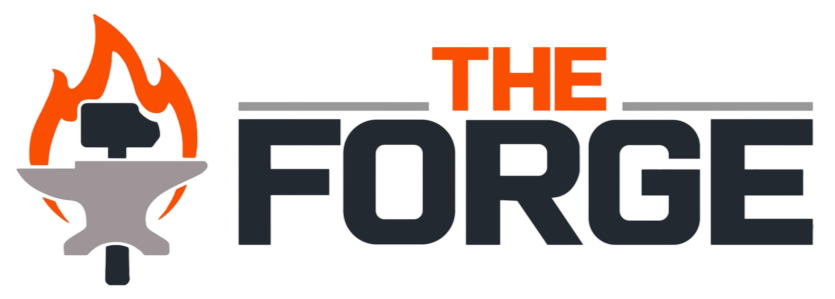Strength, not Size
Today, we’re discussing how to increase your Absolute Strength. You may notice that Strongmen physique look quite different from Bodybuilders. This is because of the differences in their training. I’m definitely NOT saying Bodybuilders are not strong, but their training usually consists of increasing Sarcoplasmic Hypertrophy (increasing the tissue around muscle fibers). Strongmen train to increase Myofibular Hypertrophy (increasing the size of the muscle fibers).
The Science
When muscle lifts a heavy enough weight, the muscle fibers will experience micro trauma. The time taken to recover is in relation to the extent of the trauma; more trauma, longer to recover. During recovery, protein is the prime nutrient in repairing damaged fibers. After fully recovering, the muscle will experience a phase of Supercompensation, where the muscle will perform at a higher capacity. The amount of Supercompensation gained depends on the Volume of work completed; more work yields more Supercompensation.
Progressive Overload
To see increases in strength, muscles must be subjected to progressively heavier load. Muscle adapts to the stress it is put under. After experiencing micro trauma, the muscle will heal and become stronger. If there is little stress, there will be no need for growth. This is why gradually increasing the weight lifted is essential to increase Muscular Strength.
Application
When wanting to gain specifically Strength, work with weights around 90% 1RM. Compound Movements, such as a Bench Press or Back Squat, are preferable to Isolation Movements, like a Barbell Curl or Hamstring Curl. Aim to complete no more than 4 Reps. Give yourself a few minutes of Rest. You’ll want your muscles fully restored of energy before starting the next Set. Volume is key to progression, so look to completing 3-5 Sets. Allow atleast 72 hours of Rest for each muscle group worked.
Training for increasing strength involves a combination of weight training exercises and progressive overload. Progressive overload refers to gradually increasing the weight, reps, or sets of an exercise in order to continue challenging the muscles and promoting growth.
Here are a few strategies for increasing strength:
- Compound exercises: Compound exercises are exercises that work multiple muscle groups at the same time. These exercises are particularly effective for increasing strength as they allow you to lift heavier weights, such as squats, deadlifts, and bench press.
- Progressive overload: Progressive overload is the gradual increase of stress placed on the body during exercise. This can be achieved by increasing the weight, reps, or sets of an exercise over time.
- Proper form: Proper form is crucial for increasing strength, as it ensures that the targeted muscle groups are being worked effectively and reduces the risk of injury.
- Adequate rest and recovery: Adequate rest and recovery are essential for strength training, as the muscles need time to repair and grow.
- Nutrition: Eating a diet that is rich in protein and other essential nutrients is crucial for increasing strength, as the body needs fuel to repair and grow muscle.
- Variety: Incorporating a variety of exercises and training methods, such as High Intensity Interval Training (HIIT) or powerlifting, can help to target different muscle groups and prevent plateaus.
At The Forge, we understand the importance of strength training and we work with our clients to develop personalized training plans that focus on increasing strength. We also provide our clients with the necessary information and support to understand how to properly increase strength and how to properly execute exercises with good form, to avoid injury and promote growth.
